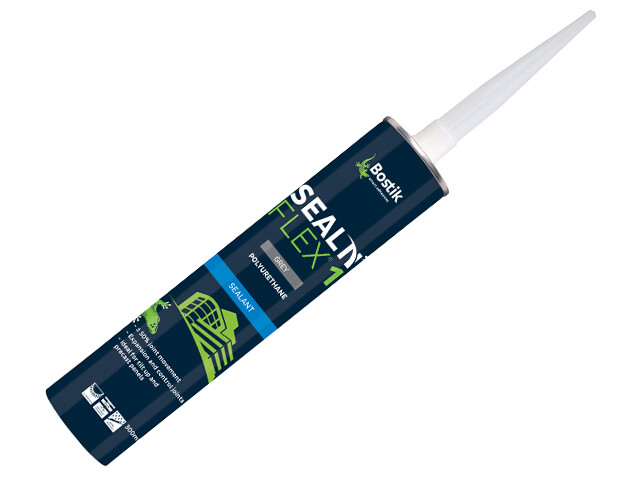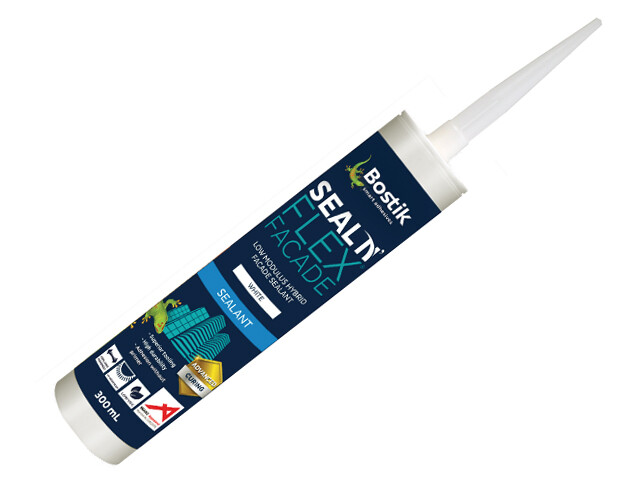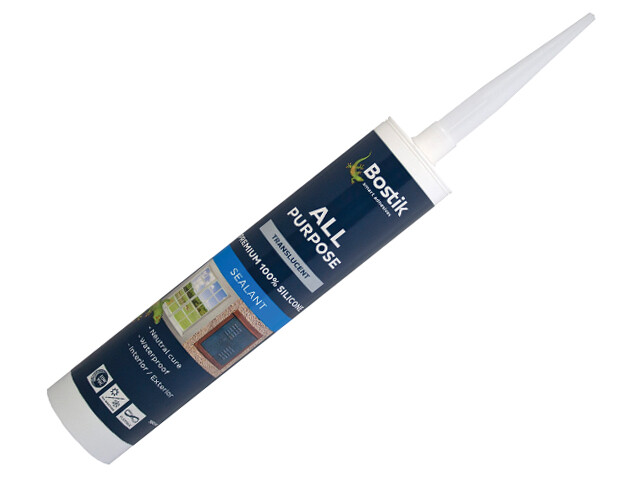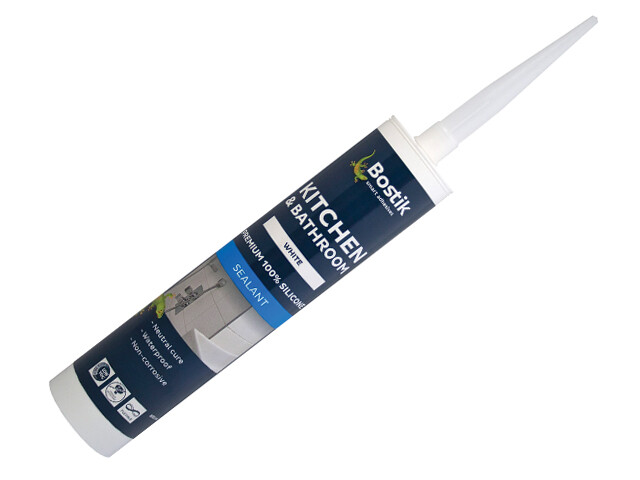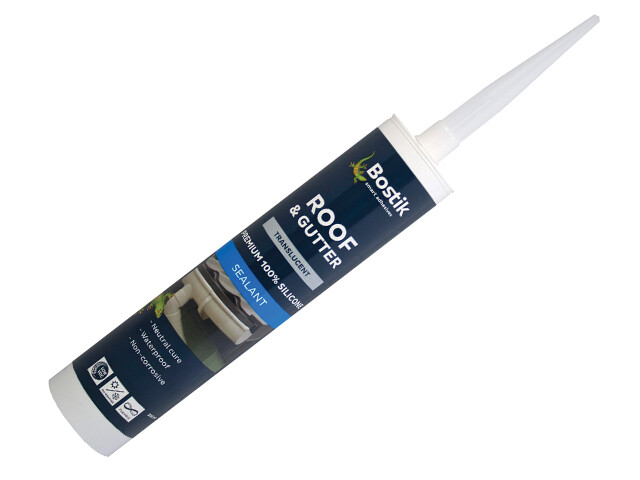Earn 10 CPD Points with Bostik
Bostik New Zealand is a recognized CPD Provider by the New Zealand Institute of Architects.
Bostik New Zealand wants to help Architects keep up to date with the latest industry knowledge and continue their education by offering accredited CPD activities.
If you are interested in earning 10 points, simply complete the following:
- Watch the Bostik presentation on The Application of Sealants
- Read below about Construction Sealants
- Answer the 10-question quiz by clicking here
- Fill out the form at the end of the quiz to receive your evidence of learning
Video Presentation
Construction Sealants
A sealant is a soft, pliable material that is used to seal cracks or joints where structural strength is not required and play a vital role in construction, manufacturing, and countless other industries, providing essential protection and ensuring the longevity of various structures and materials.
They are described as products which adhere to adjoining surfaces and provide a form of protection from the elements and cope with the moving of the substrates. They are important because they help weatherproof joints, absorb movement and vibrations, minimise sound transmission and seal against drafts.
There are various types of construction sealants to meet market requirements depending on function and location of the joint, however, it is important they also comply with NZ Building Code requirements. All Bostik sealants fulfil these requirements.
These are the types of sealants available from Bostik New Zealand.
Hybrid Sealants
Hybrid sealants are the fast-growing elastic sealant that uses the latest in adhesive technology. It combines a wide adhesion spectrum, paintability, bubble-free curing and applicability to damp substrates. In addition, hybrids products contain no isocyanates.
Bostik Polyurethane (PU) sealants are some of our strongest sealant technologies. Coupled with high levels of flexibility, these sealants are ideal for construction joints as well as being highly resistant to weather conditions and UV exposure.
MS Polymer Sealants
Using the benefits of our Modified-Silyl Polymer (MSP) technology, you can be certain that you a using a product that has been developed to produce a seal that waterproofs and weatherproofs a wide variety of building materials well into the future.
Fire Rated Sealants
Fire and smoke can cause the greatest damage to any building and in many cases; it leaves the building beyond repair. Aside from the physical damage done to the building, this can also leave behind a significant financial and emotional burden to those impacted by it.
Silicone Sealants
Silicone sealants are a versatile formulation allowing for broad application. Bostik silicone sealants are available as acid-free formulations - ideal for more sensitive substrates such as concrete and natural stone or acetic cure to aid in better sealing between two surfaces.
The correct application process:
Due to the increased demand placed upon the sealant, it is imperative that the selection, preparation, and installation is carried out to the highest standard.-
Preparation to Substrate Penetration
Failure to clean a substrate correctly will result in poor bond formation between the substrate and the sealant. It is therefore essential that the substrate is clean, stable, and free from contaminants before any work is carried out -
Backing Rod Installation
Backing rods will ensure only two-way adhesion occurs. Three-way adhesion causes stress fractures in the sealant. Backing rods also help to achieve the depth of the sealant -
Sealant Installation
Only after correct cleaning, priming and installation of the backing rod, can the sealant installation take place -
Tooling
Tooling ensures there is good adhesion to the sides of the substrate, thus no gaps. -
Curing
Curing of sealants is measured in three ways:
1. Skin Time - the amount of time it takes a sealant to form a surface skin 2. Tack Free Time - the time from sealant application to when it cures to a point where it no longer sticks to a finger 3. Cure Time - the time taken for the full bead to cure -
Painting of Sealants
Painting of sealants is not generally recommended because it is difficult to ensure compatibility between the sealant and the paint system. However, if painting is required, then use a 100% acrylic primer 1st then a 100% acrylic paint.
Complete your learning
- Answer the 10-question quiz
- Fill out the form at the end of the quiz to receive your evidence of learning
Simply click here
MORE INFORMATION
